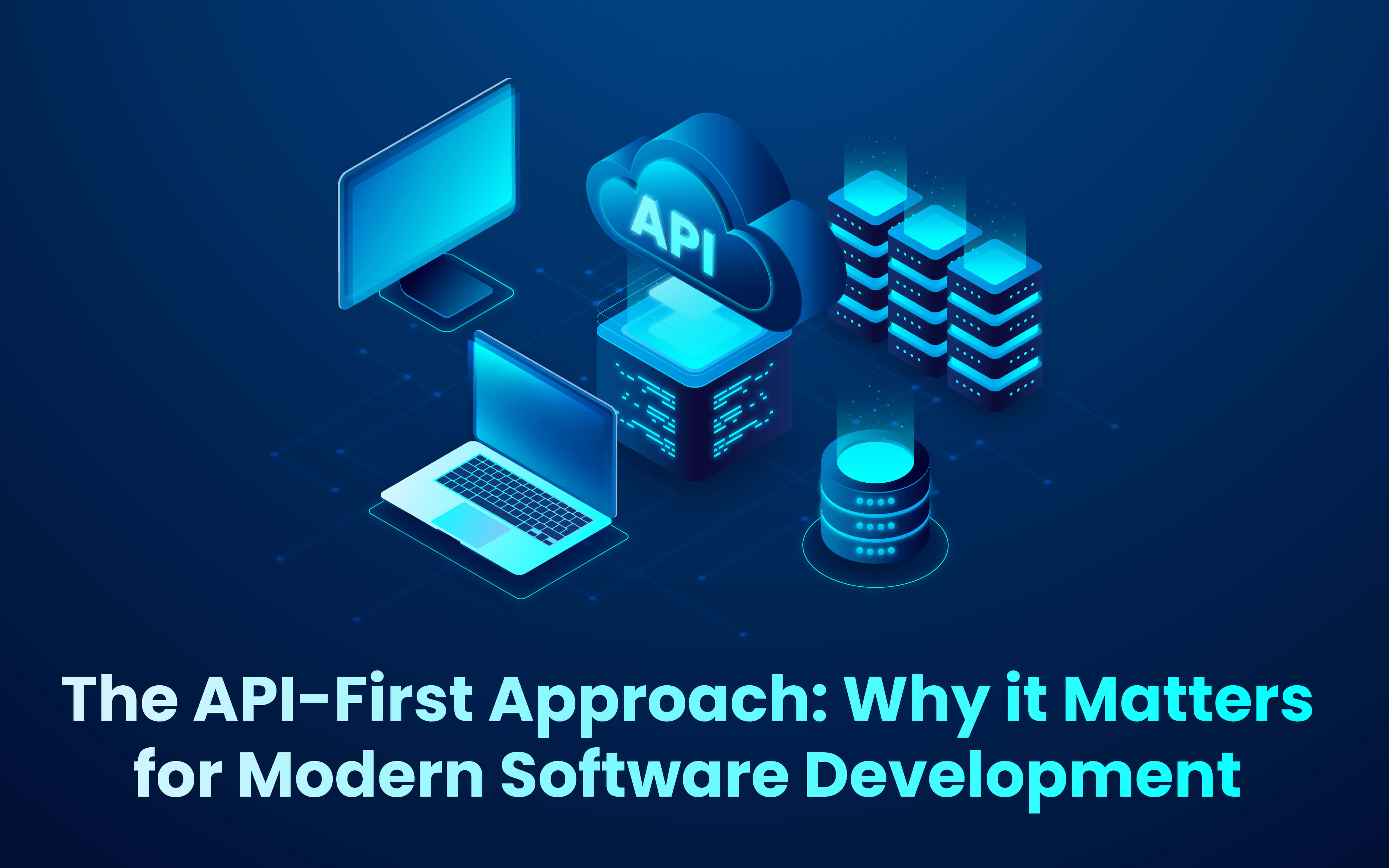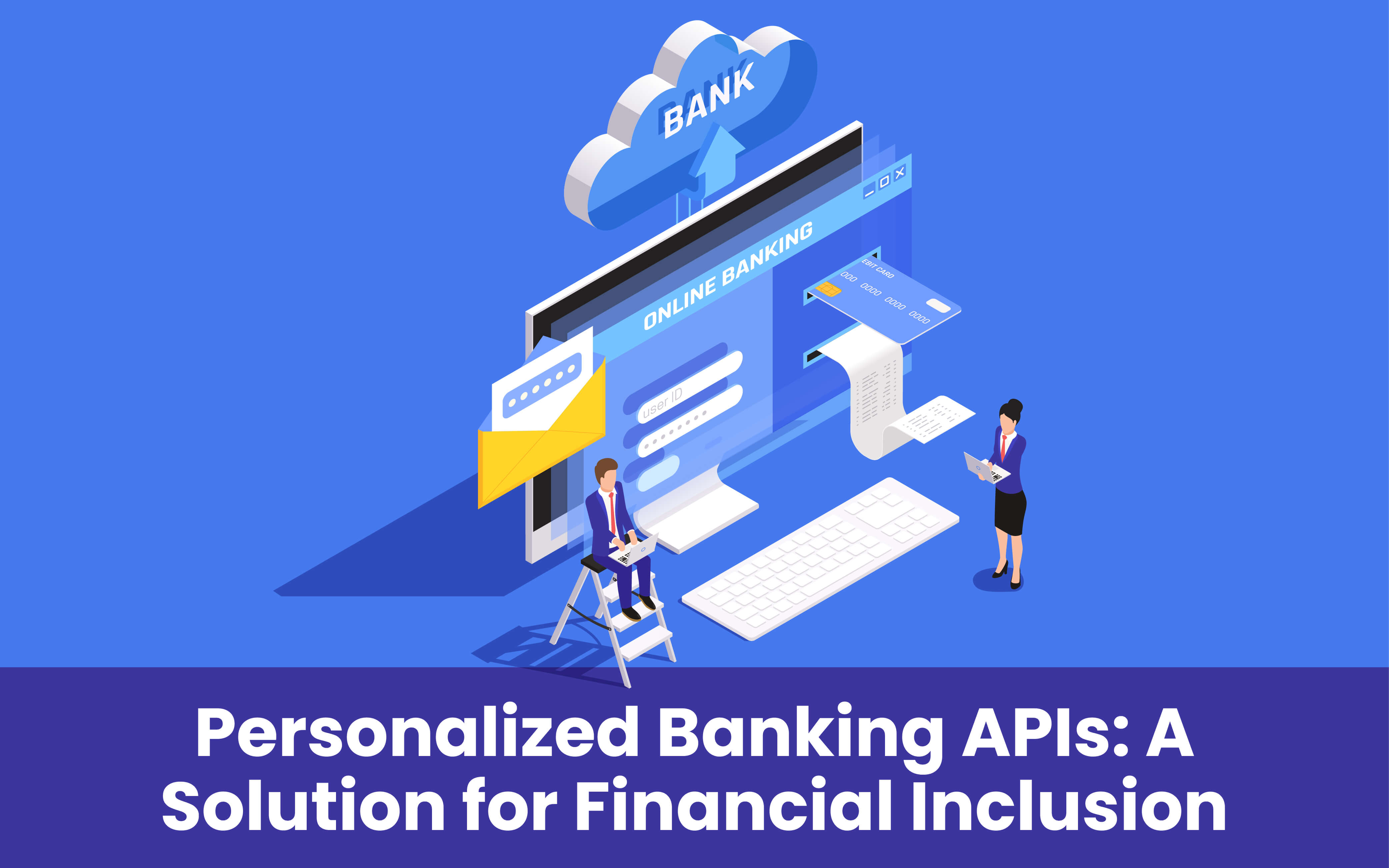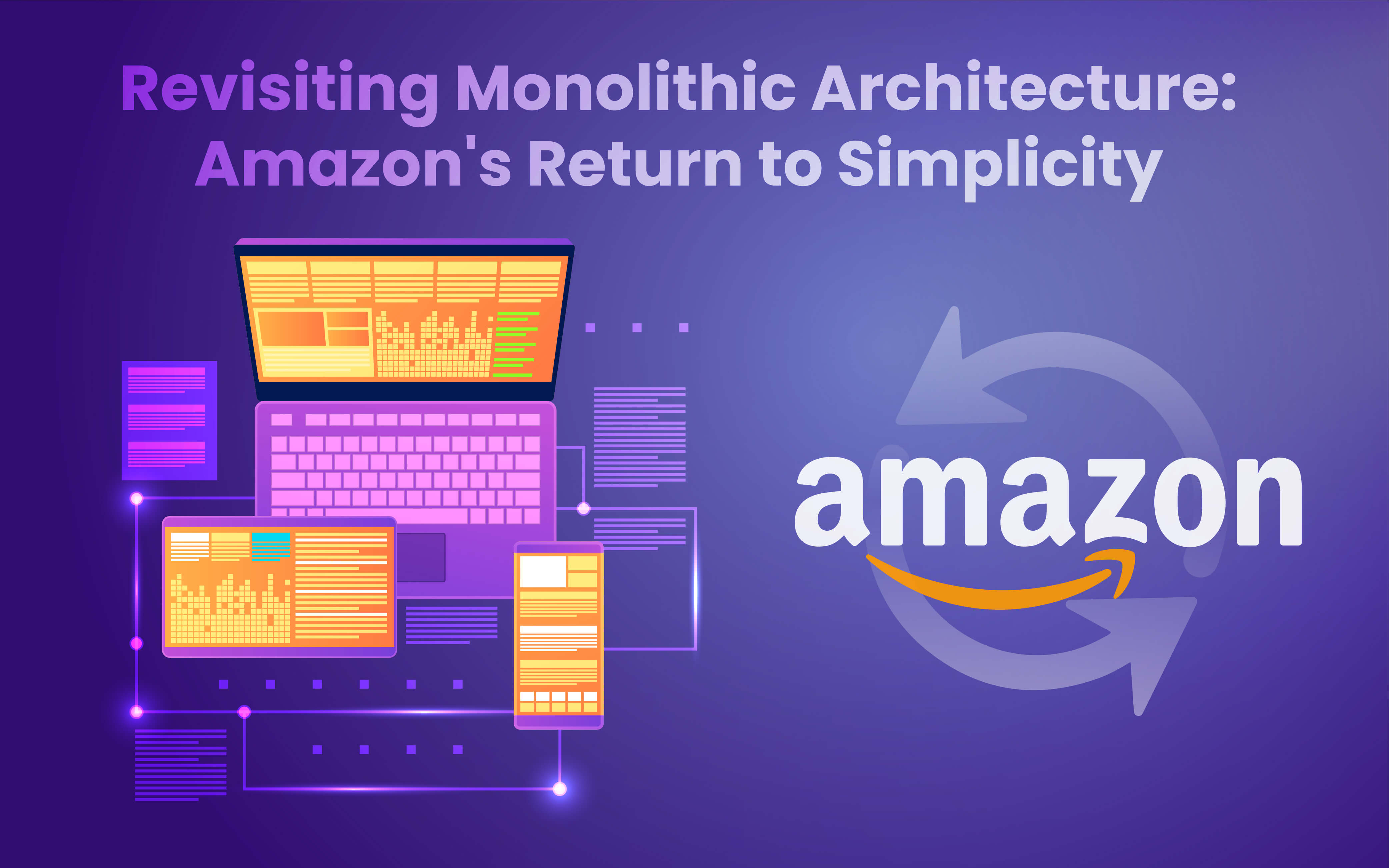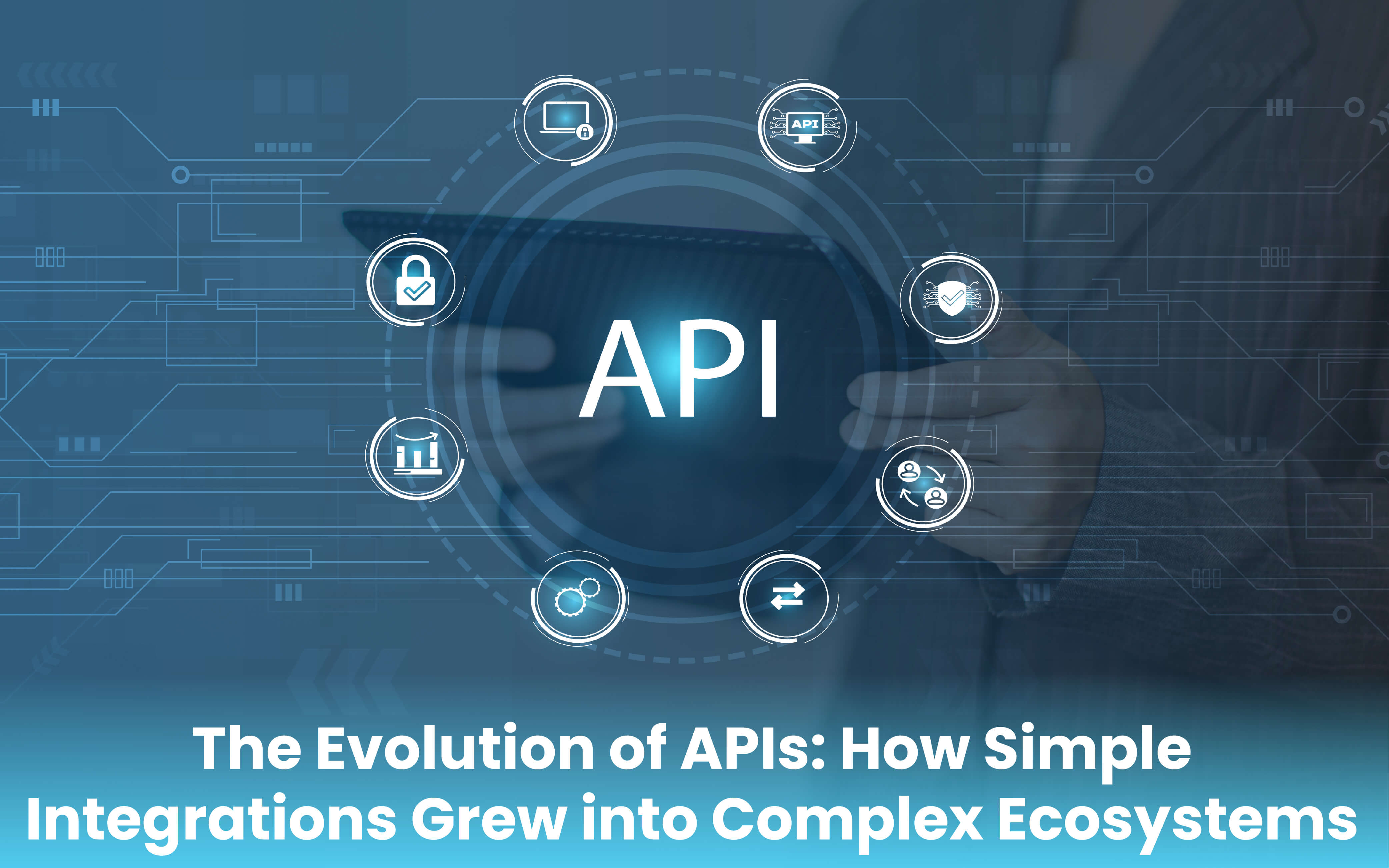Blogs
To know about all things Digitisation and Innovation read our blogs here.
API
The API-First Approach: Why it Matters for Modern Software Development
SID Global Solutions
25 April 2023

In today’s rapidly evolving digital landscape, software development has become increasingly complex. The demand for new applications, services, and features has skyrocketed, while the need for speed, agility, and flexibility has only intensified. In this environment, the API-First approach has emerged as a key strategy for modern software development. In this guide, we’ll explore what API-First means, why it matters, and how you can adopt this approach in your own development process.
Also Read: Platform Engineering: The Key to Building Long-Lasting Software Solutions
What is API-First?
At its core, the API-First approach is a development methodology that prioritizes the creation of an API (Application Programming Interface) before any other aspect of an application. Instead of building the front-end interface, designing the database schema, or writing business logic first, the API-First approach starts with the API itself. This means that developers focus on defining the API’s endpoints, data models, and other specifications before anything else.
Why API-First Matters?
Now that we’ve defined what API-First means, let’s explore why it matters for modern software development.
- Flexibility and Adaptability: One of the primary benefits of the API-First approach is that it promotes flexibility and adaptability. By defining the API first, developers can more easily change and update the application’s underlying logic, data models, and other components without disrupting the API itself. This means that you can add new features, services, and integrations without having to make significant changes to the front-end or other parts of the application. This flexibility is critical in a fast-paced, ever-changing environment where software needs to evolve quickly to keep up with user demands.
- Modularity and Reusability: Another advantage of API-First is its modularity and reusability. By building the API first, you can create modular components that can be used across multiple applications, services, and platforms. This modularity makes it easier to reuse code and components, which can save time and resources in the long run. Additionally, by creating a standard API for your organization, you can ensure consistency across different teams and projects, making it easier to maintain and update your software over time.
- Scalability and Performance: API-First also offers benefits in terms of scalability and performance. By designing the API first, you can optimize it for performance and scalability, ensuring that it can handle the demands of a large number of users or high levels of traffic. Additionally, by separating the API from the front-end interface, you can more easily scale each component independently, allowing you to optimize each one for its specific needs.
- Improved Collaboration: Finally, API-First promotes improved collaboration among developers, designers, and other stakeholders. By defining the API first, everyone on the team can have a shared understanding of the application’s architecture and functionality, which can reduce miscommunication and improve efficiency. Additionally, by creating a well-documented API, you can make it easier for third-party developers to integrate with your application, which can expand your user base and drive growth.
Also Read: How Monitoring-as-Code Improves DevOps Collaboration and Communication?
How to Adopt the API-First Approach?
Now that we’ve explored why API-First matters, let’s talk about how you can adopt this approach in your own development process. Here are some steps you can take to get started:
- Define your API’s specifications: The first step in adopting API-First is to define your API’s specifications. This includes defining the API’s endpoints, data models, authentication methods, and other key details. By defining these specifications upfront, you can ensure that all stakeholders have a shared understanding of the application’s functionality and architecture.
- Design your API: Once you’ve defined your API’s specifications, the next step is to design the API itself. This includes creating the API’s endpoints , documenting the API, and testing it to ensure that it meets your specifications. At this stage, it’s important to think about the API’s scalability, performance, and security, as these factors will be critical to the success of your application.
- Build your application: With your API designed and documented, the next step is to build your application. Using the API-First approach, you’ll start by building the front-end interface that will consume your API. This interface can be built using any modern front-end framework, such as React, Angular, or Vue.
- Test and refine: Once you’ve built your application, it’s important to test and refine it to ensure that it meets your expectations. This includes testing the front-end interface, testing the API endpoints, and ensuring that everything works together seamlessly. If you find any issues or bugs, you’ll need to fix them and retest until everything is working as expected.
- Iterate and improve: Finally, once your application is live, it’s important to continue iterating and improving it over time. This means gathering feedback from users, monitoring performance metrics, and making changes to the application and API as needed. By using an API-First approach, you can make it easier to make changes and improvements to your application without disrupting the user experience or requiring significant rework.
Also Read: API Economy Trends to Watch in 2023 and Beyond
Conclusion
The API-First approach is a powerful strategy for modern software development. By prioritizing the creation of an API before anything else, you can build more flexible, modular, and scalable applications that can evolve and adapt over time. Additionally, by creating a well-documented API, you can promote collaboration, reuse code and components, and attract third-party developers to your platform. If you’re looking to improve your software development process, adopting an API-First approach is a great place to start.









